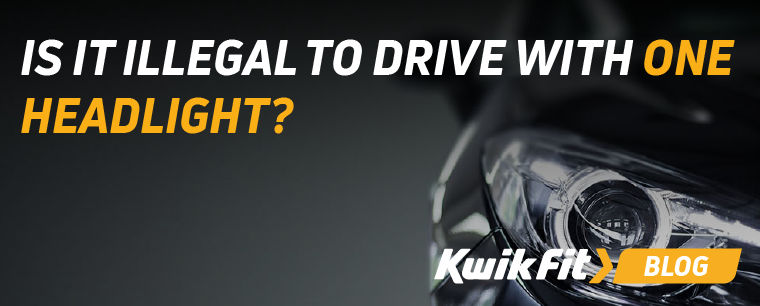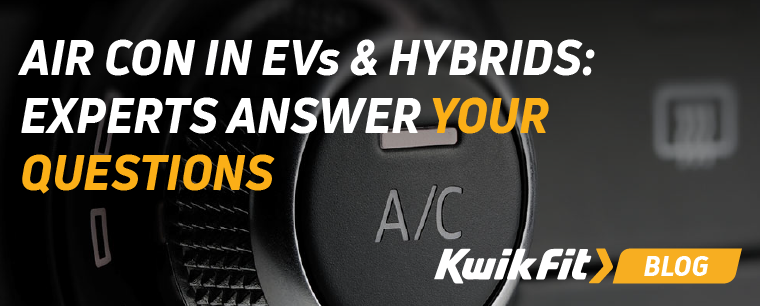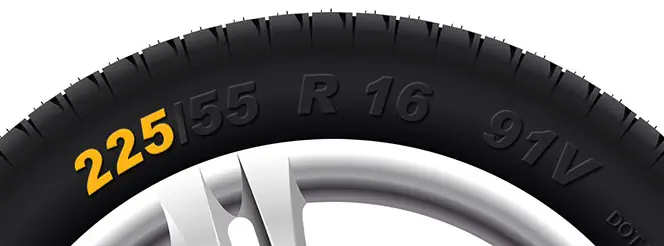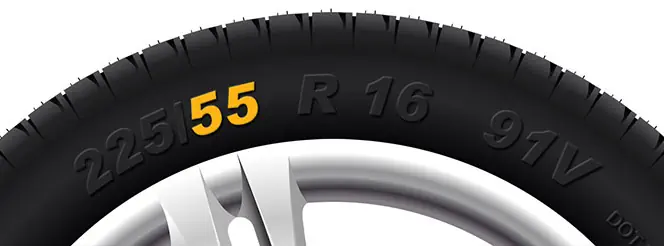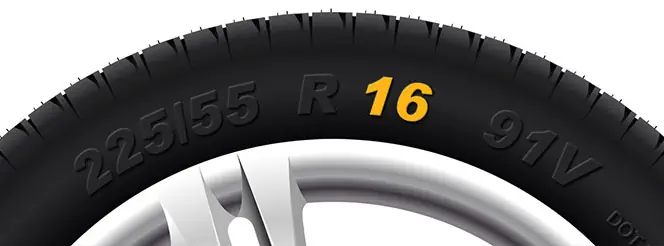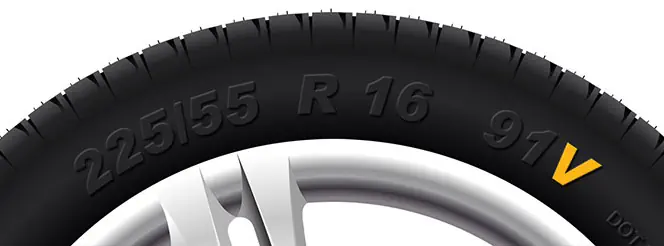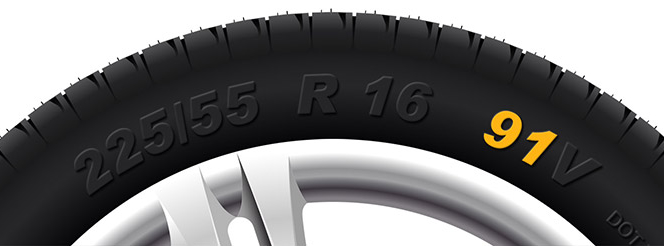Can Electric Car Batteries be Recycled? How it Works
Jack Dreyer | Monday 4th March 2024 10:00am

Electric cars produce zero emissions which makes them far better for the environment than a standard gasoline vehicle, but there is still some environmental impact in the materials used to produce electric cars. As with many things in our day-to-day lives, we have to try our best to minimise the impact we have on the environment and this takes the form of small day-to-day choices and recycling.
Now, there isn’t some green-coloured bin we can just chuck our used electric car batteries into and call it a day. It is a long and careful process, but it is very possible to recycle these batteries. The differences between regular and electric car batteries are numerous, but they both require upkeep and can be recycled. In fact, more than 90% of scrap batteries are recycled and Kwik Fit has long been providing this service through our car battery disposal schemes.
Read on to find out more about electric car batteries and their recycling options.
How do electric cars work?
Electric cars have 90% fewer moving parts than usual combustion vehicles, don’t need fuel, and are cheaper to service and maintain. The engines in an electric car and a combustion vehicle are positioned and organised very differently. What’s more, an electric car is always “on” which makes servicing an electric car yourself extremely difficult, potentially dangerous, and not recommended. Electric cars have many highly complex systems to take into account, but the fundamental way they work is relatively simple to understand.
An electric car is powered by an electric motor that draws its energy from a part called the controller; this regulates the amount of power according to the rate of acceleration. The controller acts as a pathway between the battery and the engine. An inverter will convert direct current (DC) into alternating current (AC). The electrical energy is then transferred in kinetic energy which goes to the wheels to drive the car.
There are more resources available which explain in more detail how electric cars work but, for now, we’re focused on the battery, after all, it is the thing that defines an electric car. The battery is on the floor of the car and, although it might look like one large unit, it is actually comprised of thousands of lithium-ion cells that are fully rechargeable. Over time, the discharging and recharging of the battery will cause it to reduce capacity so it will need to be replaced. However, most will last for 10 years, and many up to 20. It’s always worth getting a regular EV service to check the health of your battery.
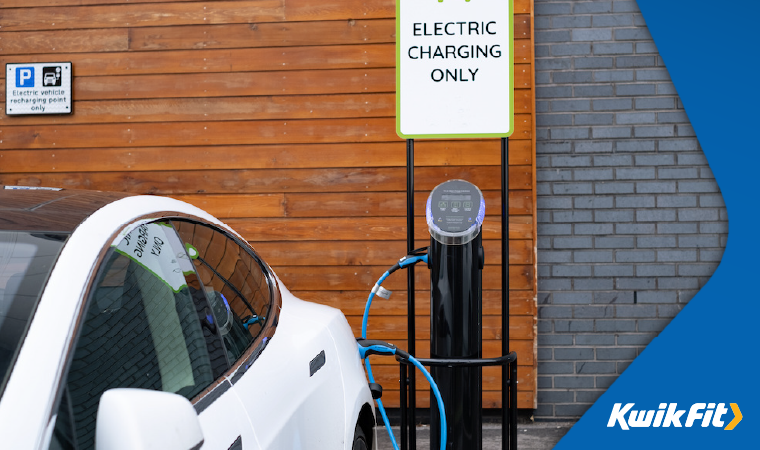
So, can electric car batteries be recycled?
Yes, they can be recycled — but you cannot throw them away in just any recycling centre as they contain hazardous material. If you live in large cities like London or Birmingham that do have green initiatives in place, there may be places you can recycle your battery. If you live in a remote or rural area, you may have to call a service to remove, replace, and take away your battery for recycling. Note: you should not remove your electric car battery yourself.
Repurposing electric car batteries
EV batteries are already being repurposed for use in buildings and infrastructure as they contain many vital minerals such as cobalt and nickel. In the EU, other countries have found that recycling centres are already recovering around 80% of the material for recycling and as electric cars become more common so will battery recycling plants.
We must strive to recycle as much as we can because it not only protects the environment from hazardous materials but can also allow us to reuse the materials, reduce the cost of making an electric car, and even give energy back to the national grid.
Make your EV battery last
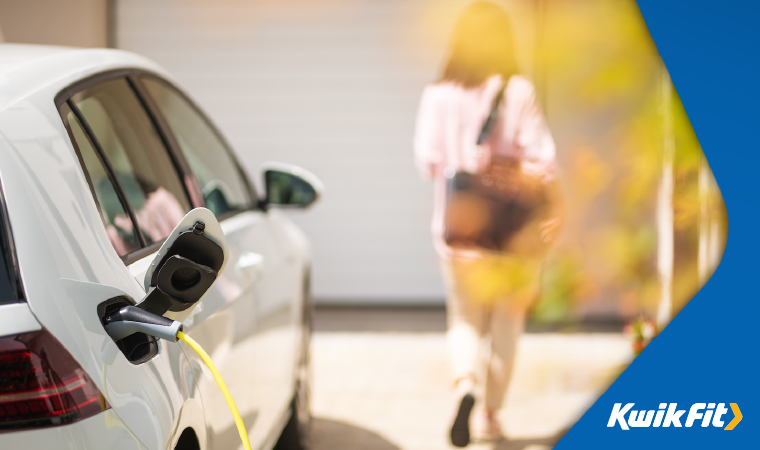
The best way to make sure you can make the most of your battery is through regular maintenance and by choosing the appropriate EV tyres for your car. Much like any regular combustion vehicle, your tyres can go a long way to making your vehicle more efficient. It should be noted that having EV tyres for your electric car as opposed to normal tyres produces a lot less wear and helps your battery go the extra mile.
If you want a service for your electric vehicle or any car why not get in touch with your local Kwik Fit centre and book an appointment with our expert technicians? In the meantime, be sure to keep up with the latest electric vehicle advice on the Kwik Fit Blog.
Any facts, figures and prices shown in our blog articles are correct at time of publication.
Featured Articles
Is it Illegal to Drive With One Headlight?
Saturday 19th July 2025
Wondering if it’s illegal to drive with one headlight? Learn about the safety risks and penalties of illegal blown bulbs and why you should fix them promptly.
Air Con in EVs & Hybrids: Experts Answer Your Questions
Monday 30th June 2025
Does air con drain EV batteries? Can you use the air con while charging an electric car? Find out the answers to these questions & more from Kwik Fit’s experts.
Why Is Your Car Making a Noise? Fixes & Tips
Friday 13th June 2025
When your car starts making unexpected noises, it can certainly be quite disconcerting; it may be nothing to worry about, but here’s what you need to know.


